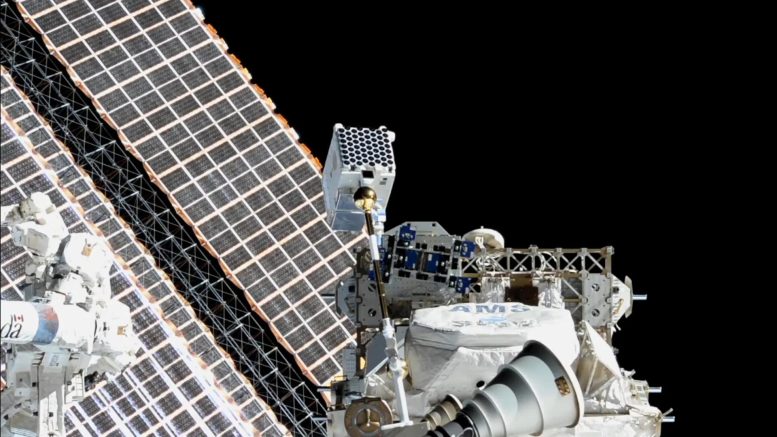
NASA is set to repair the NICER telescope on the ISS with a specially designed patch kit during a spacewalk.
The telescope, crucial for studying neutron stars and X-ray phenomena, was damaged in May 2023, leading to a rapid design and testing of a solution. The upcoming mission will make NICER the first X-ray telescope serviced by astronauts, enhancing its ability to conduct groundbreaking science.
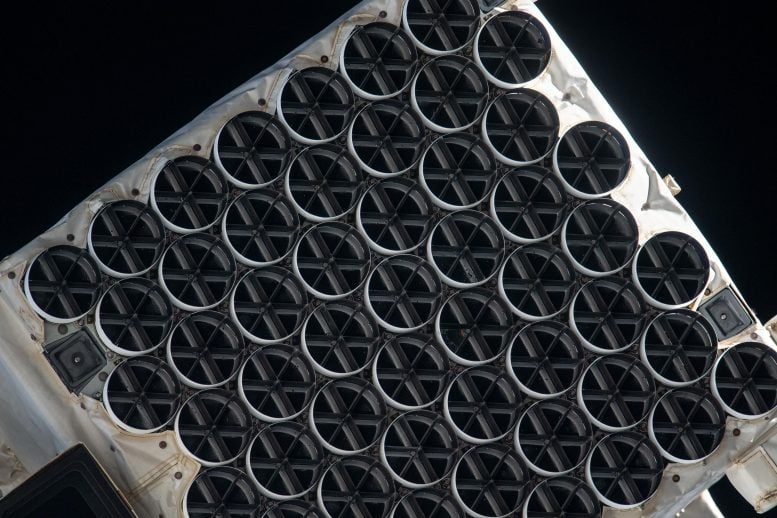
NICER Telescope Repair
NASA will deliver a patch kit for NICER (Neutron star Interior Composition Explorer), an X-ray telescope on the International Space Station, on the agency’s Northrop Grumman 21st commercial resupply mission. Astronauts will conduct a spacewalk to complete the repair.
Located near the space station’s starboard solar array, NICER was damaged in May 2023. The mission team delivered the patch kit to NASA’s Johnson Space Center in Houston in May 2024 so it could be prepped and packed for the upcoming resupply mission.
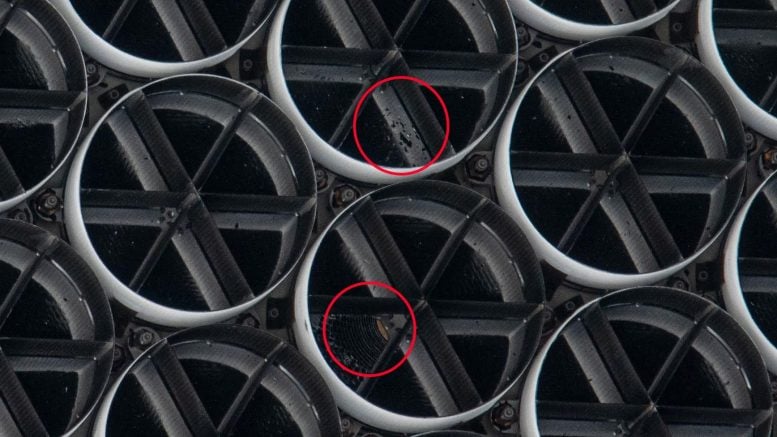
Rapid Response and Innovation
“It’s incredible that in just one year, we were able to diagnose the problem and then design, build, test, and deliver a solution,” said Steve Kenyon, NICER’s mechanical lead at NASA’s Goddard Space Flight Center in Greenbelt, Maryland. “We’re so excited to see the patches installed during a future spacewalk, return to a more regular operating schedule, and keep doing groundbreaking science.”
From its perch on the station, the washing machine-sized NICER studies the X-ray sky. It has precisely measured superdense stellar remnants called neutron stars, which contain the densest matter scientists can directly observe. It has also investigated mysterious fast radio bursts, observed comets in our solar system, and collected data about Earth’s upper atmosphere.
But in May 2023, NICER developed a “light leak,” where unwanted sunlight began entering the telescope.
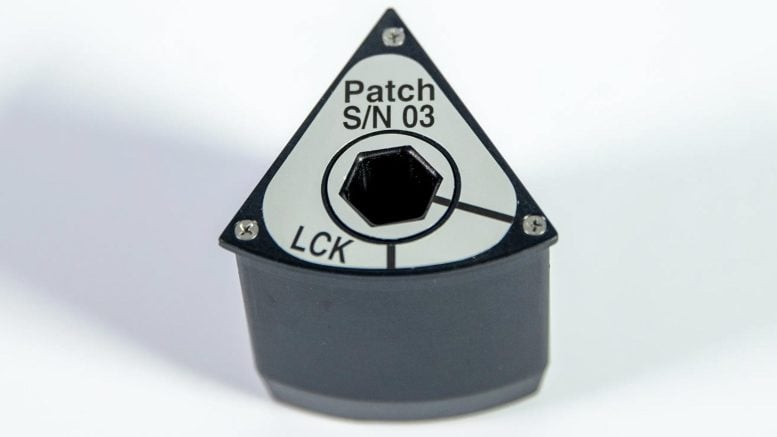
Photos taken aboard the station revealed several areas of damage to NICER’s thermal shields. The shields are 500 times thinner than a human hair and filter out infrared, ultraviolet, and visible light while allowing X-rays to pass through. They cover each of NICER’s 56 X-ray concentrators, sets of 24 nested circular mirrors designed to skip X-rays into corresponding detectors. A sunshade tops each concentrator and shield assembly, with a slight gap in between. The sunshades are segmented by six internal struts, resembling a sliced pie.
The largest damage to the shields is around the size of a typical U.S. postage stamp. The other areas are closer in size to pinheads. During the station’s daytime, the damage allows sunlight to reach the detectors, saturating sensors and interfering with NICER’s measurements. The mission team altered their daytime observing strategy to mitigate the effect. The damage does not impact nighttime observations.

Technical Challenges and Solutions
“NICER wasn’t designed to be serviced or repaired,” said Keith Gendreau, the mission’s principal investigator at Goddard. “It was installed robotically, and we operate it remotely. When we decided to investigate the possibility of patching the largest damaged areas on the thermal shields, we had to come up with a method that would use the existing parts of the telescope and station toolkits. We couldn’t have done it without all the support and collaboration from our colleagues at Johnson and throughout the space station program.”
The solution, in the end, was simple. The team designed patches, each shaped like a piece of pie, that will slide into the sunshades. A tab at the bottom of each patch will turn into the space between the bottom of the sunshade and the top of the thermal shield, keeping it in place.
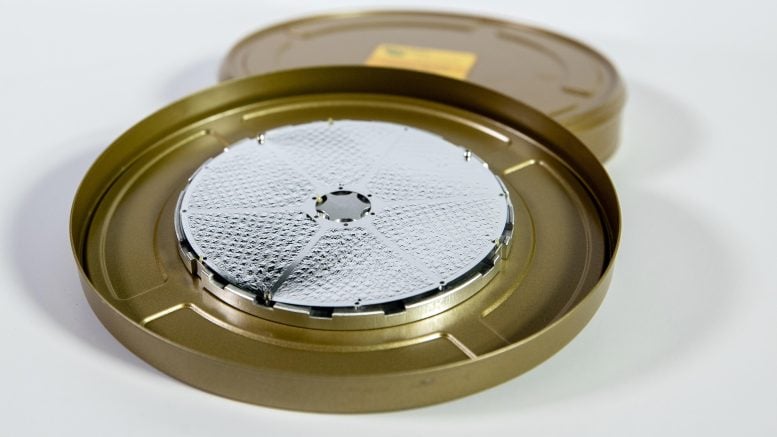
Upcoming Spacewalk and Future Expectations
Astronauts will install five patches during the spacewalk. They’ll cover the most significant areas of damage and block the sunlight affecting NICER’s X-ray measurements.
The repair kit contains 12 patches in total, allowing for spares if needed. Astronauts will carry the patches in a caddy, a rectangular frame containing two spare sunshades with the patches held inside.
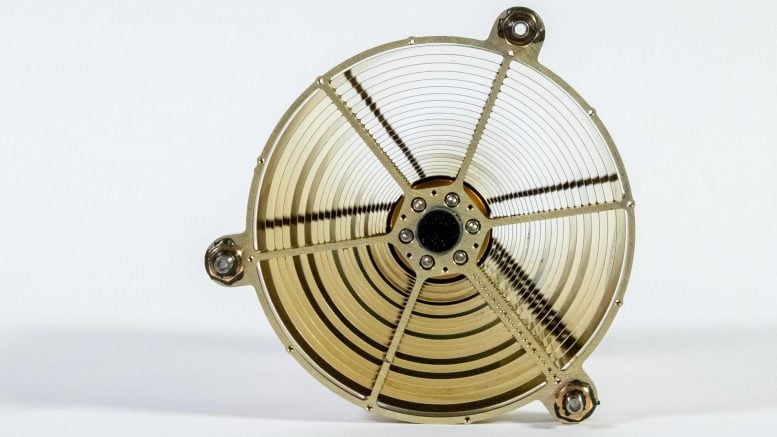
“NICER will be the first X-ray telescope in orbit to be serviced by astronauts and only the fourth science observatory to be repaired overall — joining the ranks of missions like NASA’s Hubble Space Telescope,” said Charles Baker, the NICER project systems engineer at Goddard. “It’s been amazing to watch the patch kit come together over the last year. NICER has taught us so many wonderful things about the cosmos, and we’re really looking forward to this next step of its journey.”
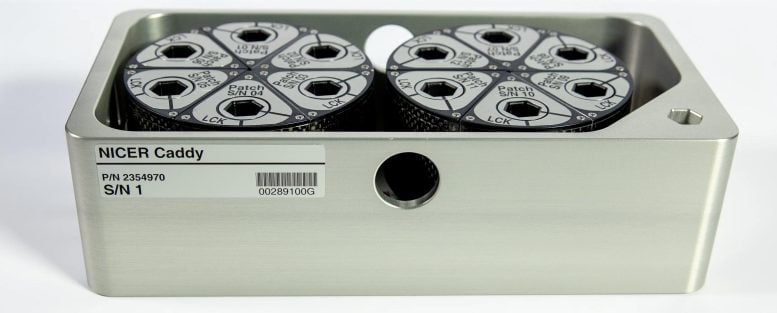
The Neutron star Interior Composition Explorer (NICER) is an X-ray astronomy instrument on the International Space Station (ISS), focused on studying neutron stars, including pulsars. Part of NASA’s Explorers Program, NICER aims to measure the extreme physical properties of neutron stars to advance our understanding of their dense interiors. It also supports the SEXTANT experiment, which tests pulsar-based navigation for spacecraft, demonstrating practical applications of its scientific findings.